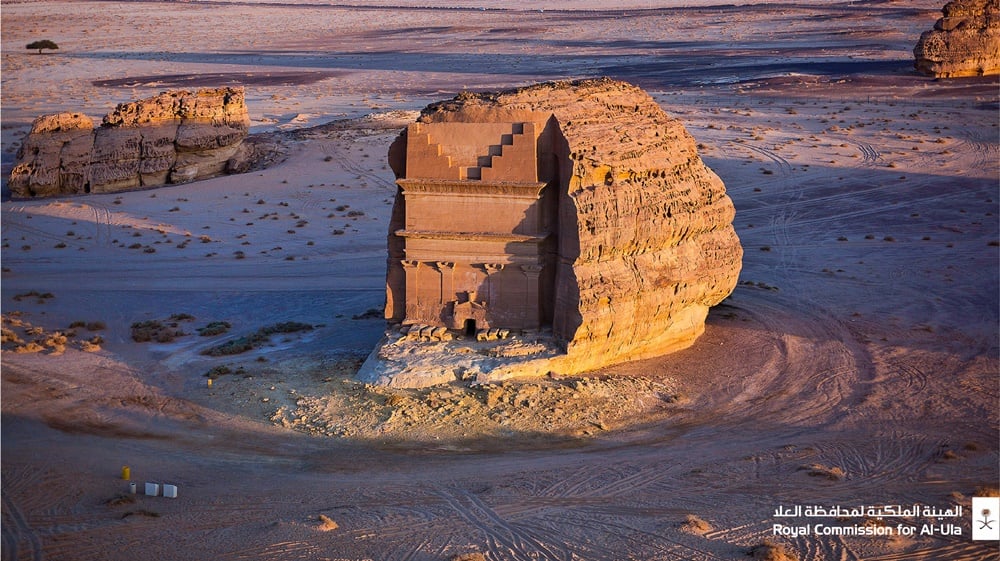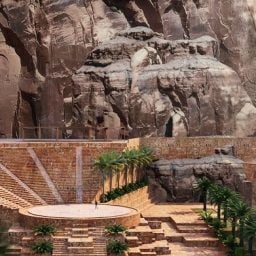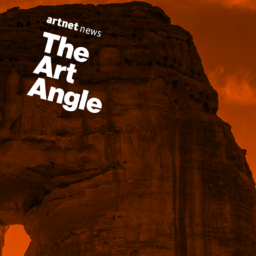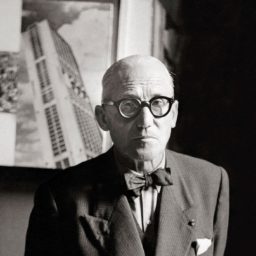In the weeks following the murder of dissident Saudi journalist Jamal Khashoggi last fall, many art institutions have distanced themselves from Saudi Arabia. Museums have returned funding from the kingdom, executives have pulled out of Saudi-sponsored conferences, and companies have rejected Saudi investment.
The US Senate voted last month to officially place blame on Saudi Crown Prince Mohammed bin Salman for the death of Khashoggi, a columnist for the Washington Post who had been critical of his regime. But nearly four months after Khashoggi was killed inside the Saudi consulate in Turkey on October 2, a number of powerful arts figures remain intertwined with the kingdom. And despite continued international scrutiny, Saudi Arabia’s ambitions to become an international cultural destination appear as grand as ever.
Those ambitions are supported by 10 figures who remain part of the advisory board for the Royal Commission of Al-Ula, a region about 200 miles north of Medina that is home to a number of important historical and archaeological sites that Saudi Arabia hopes to transform into a tourist hub.
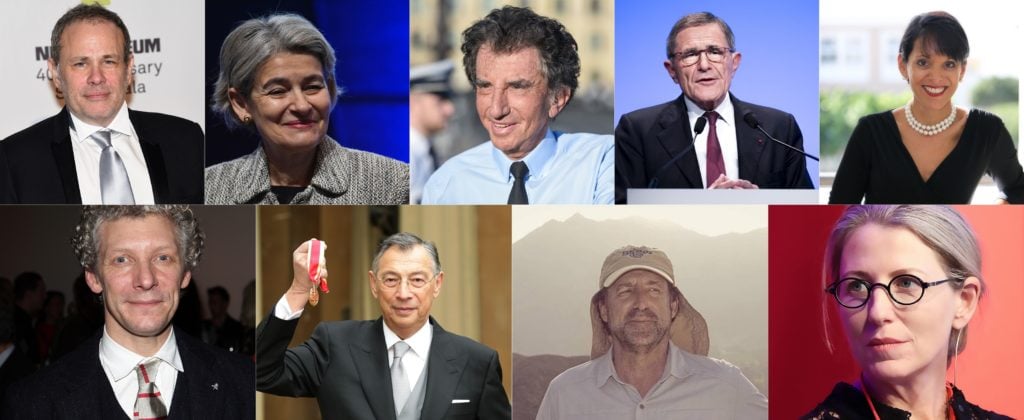
From left: Allan Schwartzman, Irina Bokova, Jack Lang, Gerard Mestrallet, Anita Mendiratta, Will Tuckett, Sir George Iacobescu, Larry Coben, and Sarah Kenderdine. Photo composite: artnet News.
The members of the advisory committee have never been made public. But artnet News has confirmed they are: Allan Schwartzman, the co-chairman of Sotheby’s fine art division; Irina Bokova, the former director-general of UNESCO; Jack Lang, the former culture minister of France; Gérard Mestrallet, the chairman of the French utility company Suez and the head of the French agency for the development of Al-Ula; Anita Mendiratta, a travel and tourism consultant; British choreographer Will Tuckett; Sir George Iacobescu, CEO of property developer Canary Wharf Group; archaeologist Larry Coben; and Sarah Kenderdine, an Australian researcher and exhibition designer who specializes in interactive and immersive experiences.
We reached out to each of the members individually; some confirmed their involvement and travel to the site, though none offered additional comment.
Two other members of the committee, Glenn Lowry, the director of the Museum of Modern Art in New York, and Richard Branson, the billionaire founder of the Virgin Group, have resigned. Lowry stepped down soon after he joined the board, because, according to a MoMA spokesperson, the “time commitment was far greater than he expected and could commit to during the MoMA expansion and renovation project.”
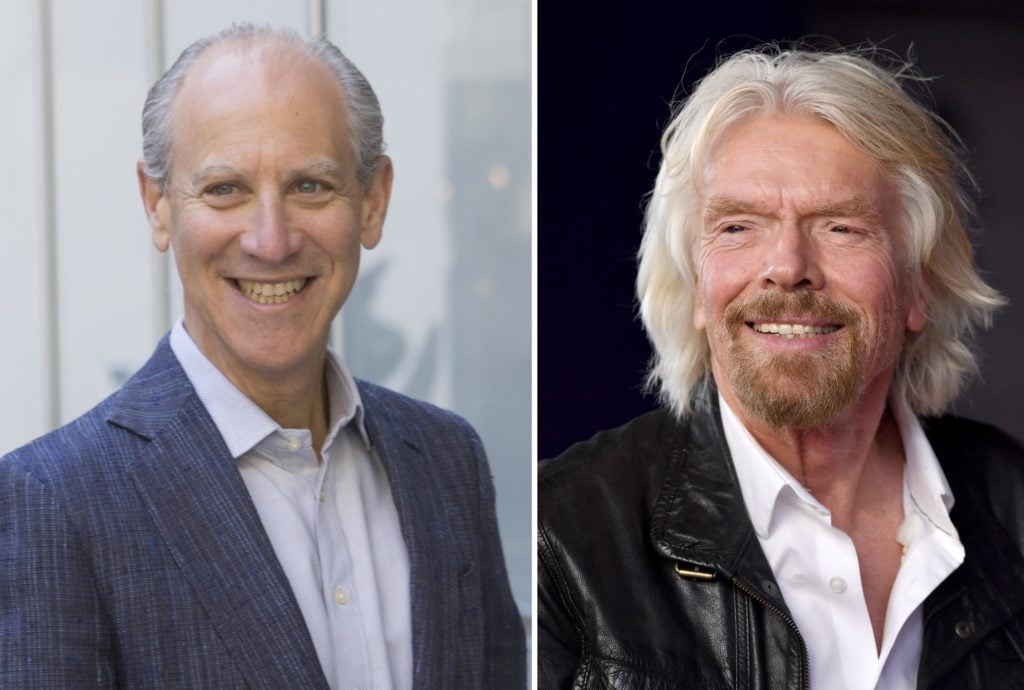
Glenn D. Lowry, Photo: Peter Ross courtesy of MoMA. Right: Richard Branson, Photo: Axelle/Bauer-Griffin/FilmMagic courtesy Getty Images.
Branson resigned in October, writing in a post on Virgin.com that he had had “high hopes for the current government in the Kingdom of Saudi Arabia,” but decided to “suspend his directorships of… tourism projects” while the investigation into the journalist’s murder was ongoing.
A Global Destination?
Last April, France and Saudi Arabia signed a high-profile cooperative agreement to develop the Al-Ula site, where the Nabatean tribe of craftsmen carved striking buildings out of sandstone 2,000 years ago. The multi-billion-dollar initiative includes a proposed network of museums and archaeological sites centered around a museum of Arab civilization that is expected to be three times the size of the Louvre Abu Dhabi, according to an October report in The Art Newspaper.
The 10-year deal between the two governments includes the establishment of a new $340 million Saudi-funded French Agency for the Development of Al-Ula, which will support the growth of infrastructure, tourism, and archaeology, according to the Economist. It will also oversee the construction of a new outpost of the Institut Français, which promotes French language and culture, in Saudi Arabia. France, meanwhile, has requested an additional $1.4 billion for a dedicated fund to support French museums and their collections.
To date, Al-Ula has entertained an eclectic range of programs, including proposals for large-scale art installations by Western artists as well as a major rock-climbing attraction. There is currently a “Winter at Tantora” music festival taking place there.
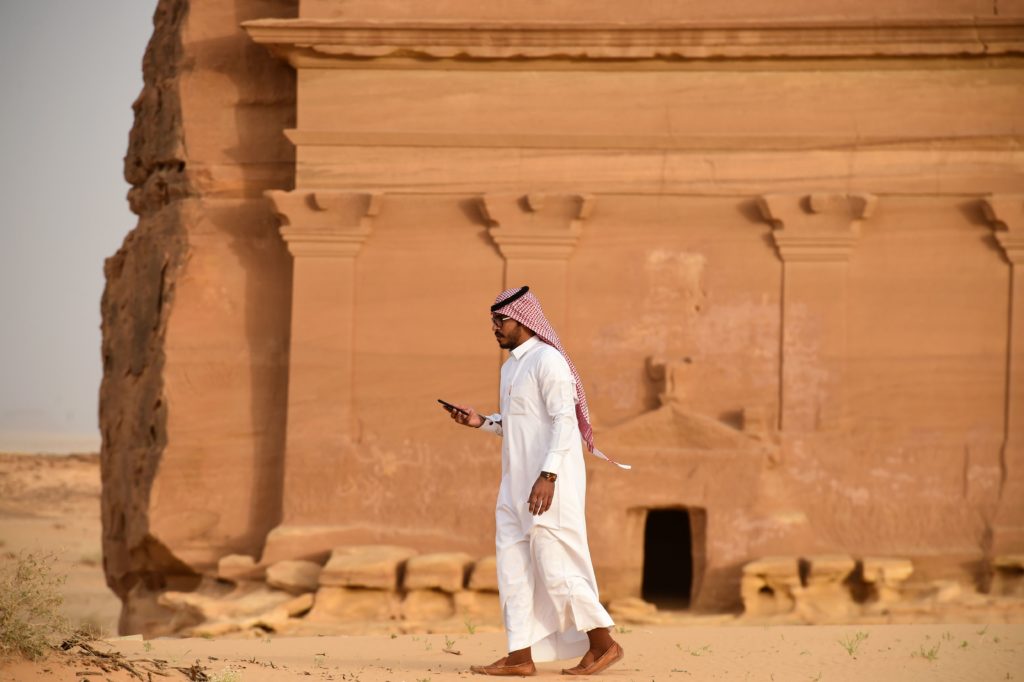
Outside of the Qasr al-Farid tomb (The Lonely Castle), carved into rose-coloured sandstone in Madain Saleh, a UNESCO World Heritage site, near Saudi Arabia’s northwestern town of Al-Ula. Photo by FAYEZ NURELDINE / AFP/ Getty Images.
According to Bloomberg, a strategic plan for Al-Ula is underway: a master plan will take between six to nine months to complete, and the infrastructure construction will take between three to five years.
But the project seems to have had a rocky roll-out, which has undoubtedly worsened in the wake of the international fallout over Khashoggi’s murder. Fiammetta Rocco, the author of the Economist report who visited Al-Ula in mid-September of last year (prior to Khashoggi’s murder), quoted one member of the advisory board who described the project as “completely chaotic. There’s no plan. Just rush, rush, rush.”
Neither the French Culture Ministry nor the French Agency for the development of the Al-Ula region responded to artnet News’s requests for updates.
In a statement, Kate Hall-Tipping, head of heritage, arts, and culture for the Royal Commission of Al-Ula, said that the development of Al-Ula aims to “share Saudi Arabia’s rich cultural treasures with the world and make them accessible for domestic and international visitors. As well as being the home to Saudi Arabia’s first UNESCO World Heritage site, Al-Ula will become a thriving cultural center that will share the stories of its ancient past civilizations and inspire new artistic visions.”
Sotheby’s Ties
Within the art world, one of the more closely watched aspects of Al-Ula has been the involvement of Allan Schwartzman, the elite art advisor and co-chairman of Sotheby’s fine art division. Bloomberg broke the news of Schwartzman’s relationship to the project at the end of December. It described his connection as “twofold”: he serves on the advisory board and his art advisory—Art Agency Partners (AAP), a subsidiary of Sotheby’s—submitted a plan for a large contemporary art initiative on the site.
A Sotheby’s representative confirmed to artnet News that Schwartzman accepted an invitation to join the advisory board “about a year ago.” But she said that the Kingdom of Saudi Arabia is not presently an advisory client of AAP.
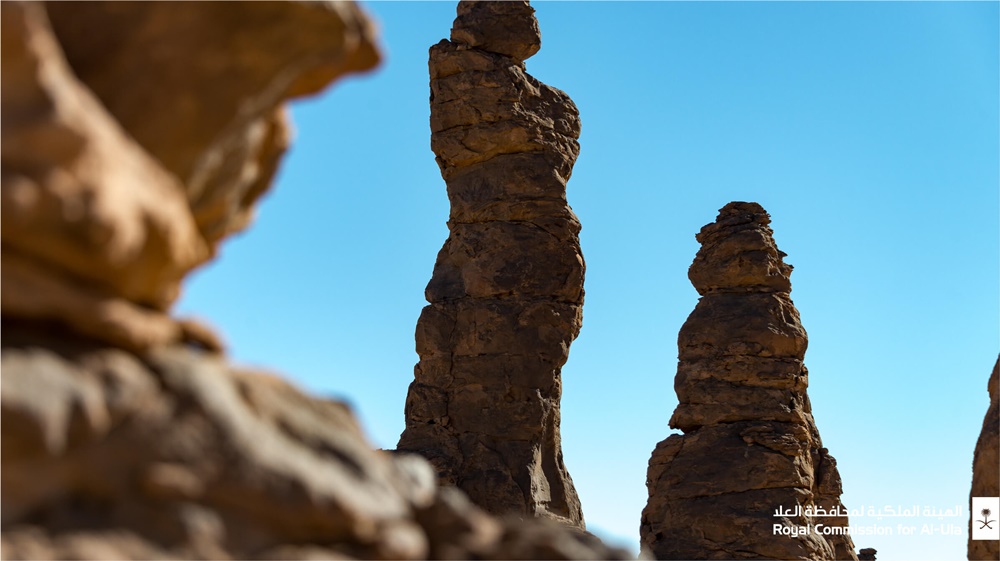
Al-Ula in Saudi Arabia. Image courtesy of the Royal Commission for Al-Ula.
Nevertheless, sources familiar with Al-Ula said that, as part of Schwartzman’s ongoing role on the advisory board, he is involved with many different ideas and proposals under consideration for the region. Since last spring, he has been corresponding with roughly a dozen well-known artists to invite them to submit ideas for projects and to visit the site.
In AAP’s proposal for Al-Ula’s contemporary art initiative, obtained by Bloomberg, the advisory said that artists “will be asked to dream their biggest dream and envisage a project which may or may not be realized, but will represent the ultimate expression of them as an artist.”
In late October, Schartzman and a small group of around four artists, said to be from the US, Europe, and South America, visited Al-Ula.
Though the exact date of the trip is not clear, the fact that it was late October means it was after the October 2 murder, at a time when evidence of Saudi officials’ involvement was mounting quickly and shocking, grisly information was leaking out on a near-daily basis, including evidence of a Saudi hit team with connections to the Crown Prince that had traveled in and out of Turkey on a private jet.
And less than two weeks before the trip, Sotheby’s CEO Tad Smith, along with dozens of other prominent business leaders, pulled out of the country’s Future Investment Conference in Riyadh, where he had been scheduled to participate on a panel.
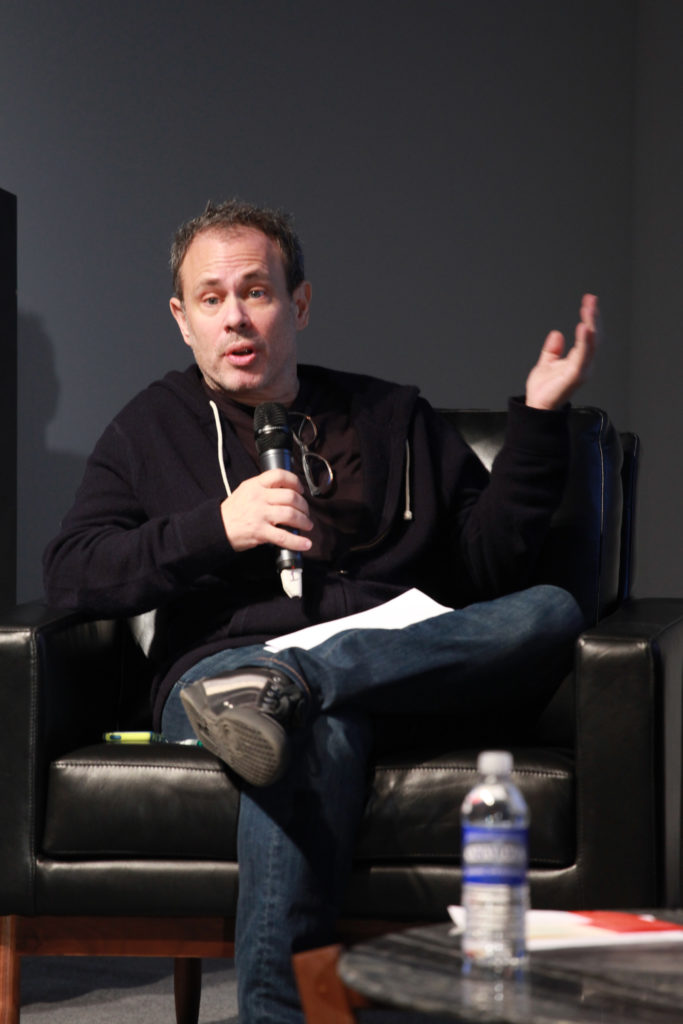
Allan Schwartzman in 2014. © Patrick McMullan. J Grassi/Patrickmcmullan.com
Sotheby’s declined to identify any of the artists contacted or invited to Al-Ula, nor would it comment on any feedback it has received from artists, clients, or investors in recent months about the project.
Asked if Sotheby’s or Schwartzman have re-considered the relationship in light of the scrutiny, the auction house sent the following statement: “Like many organizations and individuals, we are extremely concerned about recent events and unreservedly condemn acts of violence against all persons. An active dialogue is underway internally about this project, as there is about all potential initiatives the company considers.” Sotheby’s declined to elaborate further.
“The optics are really bad,” noted one Sotheby’s client. “It’s like an iceberg, where what we see is probably just 10 percent of the whole picture in terms of politics and human rights. Are Sotheby’s so desperate for the transactional potential of this situation that they’re willfully ignoring all these other components? What does that say about the company and their responsibility to the shareholders?”
As a public company, Sotheby’s is held to a higher standard of transparency than some of its rivals. This could prove particularly complicated when it comes to balancing responsibility with profitability, considering the Al-Ula project has the potential to be extremely lucrative.
Close Ties to MBS
The Al-Ula project reflects the vision of the Saudi royal family. Prince Mohammed Bin Salman is the chairman of Al-Ula’s board of directors; his close associate, Prince Bader bin Abdullah bin Mohammed bin Farhan Al Saud, is Al-Ula’s governor. But the links between the Saudis’ ambitions and the art world don’t end there.
Prince Bader is also the confirmed buyer of the record-setting $450 million Leonardo da Vinci painting, Salvator Mundi, that sold at Christie’s in late 2017. He was believed to be bidding for Prince Mohammed bin Salman as a proxy.
This past June, Prince Bader was named the first-ever minister of culture for Saudi Arabia. He also serves as chairman of the Misk Art Institute, an initiative established in 2017 to promote Saudi cultural production, which has funded projects prior to last fall at the Museum of Modern Art, the Met, and the Brooklyn Museum. (The Met and the Brooklyn Museum returned funding they had received for programs after the Kashoggi murder.)
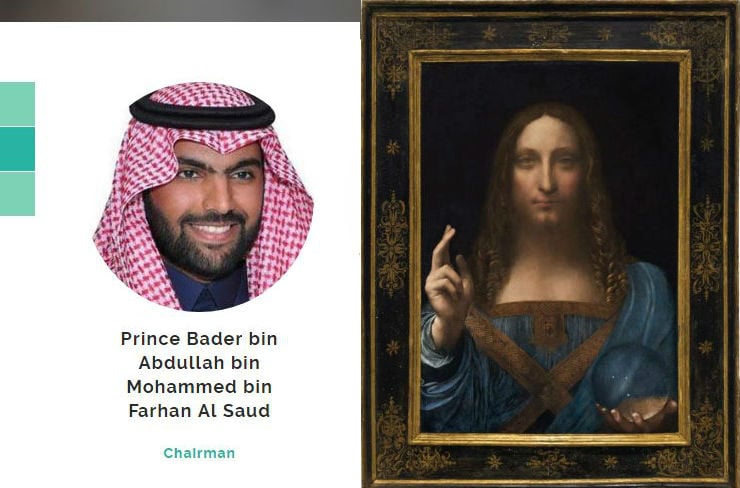
Left: Image of Bader bin Abdullah bin Mohammed bin Farhan al-Saud from the SRMG website. Right: Leonardo da Vinci’s Salvator Mundi.
According to the New York Times, Prince Bader is a contemporary of Prince Mohammed and the two attended King Saud University in Riyadh around the same time. And after King Salman, now 81, took the throne in 2015 and appointed Prince Mohammed to run much of the government, he named Prince Bader to high-profile positions, including one closely linked to the family.
At present, no one outside the Saudi royal family seems to know where the Leonardo da Vinci painting is. This past fall, the Louvre Abu Dhabi—which received the painting as a gift—announced that the work’s unveiling, originally slated for this past September, had been postponed indefinitely.
Meanwhile, doubts about the future of Al-Ula remain. As Rocco wrote in the Economist: “Forging a holiday paradise under an authoritarian regime with a strict Wahhabi culture was always likely to prove a tough mission. The brazen killing in October of Jamal Khashoggi… made it even harder. Visitors might have been willing to accept strict social norms as a price worth paying to see one of the most dramatic archaeological spectacles in the Middle East. They will be far less likely to choose Saudi Arabia if Al-Ula is ruined by bad planning and overdevelopment—or if the country is unable to shed its reputation as, in the words of one adviser to the Royal Commission of Al-Ula, ‘brutal, antidemocratic and murderous.'”
Additional reporting by Naomi Rea
